Introduction
Sturgeon fishing is a unique and rewarding experience that attracts anglers with its challenge and the sheer size of these ancient fish. As one of the oldest surviving species of fish, sturgeons have fascinated humans for centuries. If you're looking to embark on this exciting fishing adventure, here are some essential fishing tips and fishing gears to help you succeed.
Understanding Sturgeon

Before we explore the fishing tips and fishing gears, let’s learn more about sturgeon. Sturgeon is a type of large, ancient fish known for its meat and roe (fish eggs), which are used to make caviar. They are large, spindle-shaped fish with long, pointed snouts. They have four barbels (whisker-like structures) in front of the mouth, which is located on the underside and can protrude like a tube. Their bodies are covered with five rows of large, bony scales—one row on the back and two rows each on the sides.
Sturgeons are benthic fish with a narrow diet, primarily feeding on slow-moving or bottom-dwelling animals. In marine environments, their diet mainly consists of fish, followed by crustaceans and mollusks. The most common sturgeon species targeted by anglers include the White Sturgeon, Green Sturgeon, and Beluga Sturgeon. Knowing which species inhabit your target waters will influence your approach and gear selection.
What Is the Best Time for Sturgeon Fishing?
Seasonal Timing
| Spring | Summer | Fall | Winter |
| The prime season for sturgeon fishing. As water temp start to rise, sturgeon become more active and move into shallower waters to feed. | Sturgeon remains active throughout the summer, especially in rivers and lakes where water stay relatively warm. | Fishing can still be productive in the fall, especially as sturgeon prepare for their winter habitats. Cooler water temp may slow them down a bit, but they are still catchable. | Sturgeon tends to be less active in colder water, making winter a less ideal time for fishing. However, in some regions with milder winter climates, fishing can continue year-round. |
Daily Timing
Sturgeon is often more active in the early morning hours when the water is cooler and there is less human activity. Similarly, late afternoon and early evening can be productive times as sturgeon become more active again before nightfall.
Where to Find Sturgeon?
Sturgeon can be found in a variety of freshwater and saltwater environments, depending on the species. Here are some common locations where you can find different types of sturgeon:
Freshwater
Many sturgeon species prefer large river systems with strong currents. They are often found near dams, weirs, and other structures that create eddies and pools, such as the Mississippi River, the Missouri River, the Columbia River, and the Fraser River in Canada.
Some sturgeon species inhabit large lakes and reservoirs, particularly those connected to river systems, such as Lake Erie, the Great Lakes, and various large reservoirs like the Ashokan Reservoir in New York. White sturgeon and paddlefish are sometimes stocked in smaller bodies of water for recreational fishing. Stocked ponds and lakes managed by state or local fisheries departments.
Saltwater
Areas where freshwater rivers meet the sea are prime habitats for certain sturgeon species, like the Gulf of Mexico (for Gulf sturgeon), estuaries along the East and West coasts of the United States. Some sturgeon species, like the green sturgeon, are commonly found in coastal waters, such as Pacific Northwest coastlines, particularly around Alaska and British Columbia.
What Is the Best Bait for Sturgeon?
Here are some of the most effective baits for sturgeon fishing:
Live Bait
- Shad: One of the most popular baits for sturgeon, especially in river systems. Shad can be fished live or cut into fillets.
- Herring: Another excellent live bait, particularly for saltwater sturgeon species. Herring can also be used as cut bait.
- Smelt: Effective for both freshwater and saltwater sturgeon. Smelt can be fished live or used as cut bait.
- Perch: Commonly used in freshwater sturgeon fishing, either live or cut.
- Minnows: Small minnows like shiners or chubs can be very effective, especially when drift-fishing.
Cut Bait
- Salmon Heads: Particularly popular in the Pacific Northwest for Chinook (king) salmon heads.
- Mackerel: Often used for saltwater sturgeon, mackerel provides a durable and attractive bait option.
- Tuna: Both fresh and saltwater sturgeon respond well to tuna, especially when cut into strips or chunks.
- Anchovy: A smaller bait option that can be effective, especially when used on a circle hook.
- Artificial Lures and Baits
- Sturgeon Jigs: Specialized jigs designed for sturgeon fishing, often featuring treble hooks and weighted bodies to reach the bottom quickly.
- Soft Plastic Grubs: Large soft plastic grubs or worms can mimic the movement of small fish and are effective in certain conditions.
- Crankbaits: Large crankbaits designed for big game fish can sometimes attract sturgeon, especially in clearer water where they can see the lure.
Powerful Sturgeon Fishing Reel You Should Have
A BIG gun for the BIG game. The most important piece of fishing gear for sturgeon fishing is any Dr. Fish reel with a 30-50lb drag. Also, having a large spool with the ability to hold 300 yards of line.
Dr.Fish LS Surf Fishing Reel 10000/12000 Heavy Duty

Features:
- High density, corrosion resistant reel body against the fiercest monster
- Unprecedented 48LB max drag (12000 model); 3.9:1 Rock-steady gear ratio
- 13+1 rust-resistant ball bearings, smooth action in both casting and retrieving
- HUGE CNC Aluminum spool and Aluminum handle
Safety First
Handle with Care: Sturgeons have sharp fins and gill plates that can cause injury. Use a landing net and wear gloves while handling them.
Conservation: Many sturgeon species are endangered or threatened. Familiarize yourself with local regulations regarding catch-and-release practices to ensure their conservation. Always handle fish gently and release them promptly if practicing catch-and-release.
Practical Advice
Stay Patient: Sturgeon fishing requires patience. These fish are not aggressive biters, so be prepared to wait.
Stay Informed: Join local fishing clubs or online forums to stay updated on the latest techniques and hot spots.
Respect the Environment: Clean up after yourself and avoid disturbing the natural habitat. Responsible fishing ensures that future generations can enjoy sturgeon fishing too.
Understanding Sturgeon Fishing Regulations
Sturgeon, often referred to as "living fossils," have been swimming in our planet's waters for over 200 million years. However, due to overfishing and habitat loss, many sturgeon species are now endangered or threatened. To protect these remarkable creatures, various regulations have been implemented across the United States. Here are some notable state regulations:
California
Regulations: It is illegal to fish for, catch, or possess any sturgeon species without a valid permit from the California Department of Fish and Wildlife (CDFW).
Permits: Special permits are required for scientific research and public display purposes.
Oregon
Regulations: Oregon has stringent rules against sturgeon fishing. The possession, transportation, and sale of sturgeon and their parts are strictly prohibited.
Penalties: Violating these regulations can result in hefty fines and imprisonment.
Washington
Regulations: Washington follows similar strict prohibitions on sturgeon fishing. Only tribal members with specific treaty rights may engage in sturgeon fishing under certain conditions.
Conservation Efforts: Active restoration programs are in place to boost sturgeon populations in Washington’s rivers.
Wisconsin
Regulations: Wisconsin allows limited sturgeon fishing during specific seasons and locations. A special sturgeon stamp is required in addition to a regular fishing license.
Catch and Release: All sturgeon must be immediately released back into the water unharmed.
Always check with the local wildlife agency for the most current information before sturgeon fishing.
Conclusion
Sturgeon fishing offers a thrilling blend of challenge and reward, making it a favorite among experienced anglers. By following these tips, you can enhance your chances of success and contribute to the sustainable enjoyment of this ancient sport.

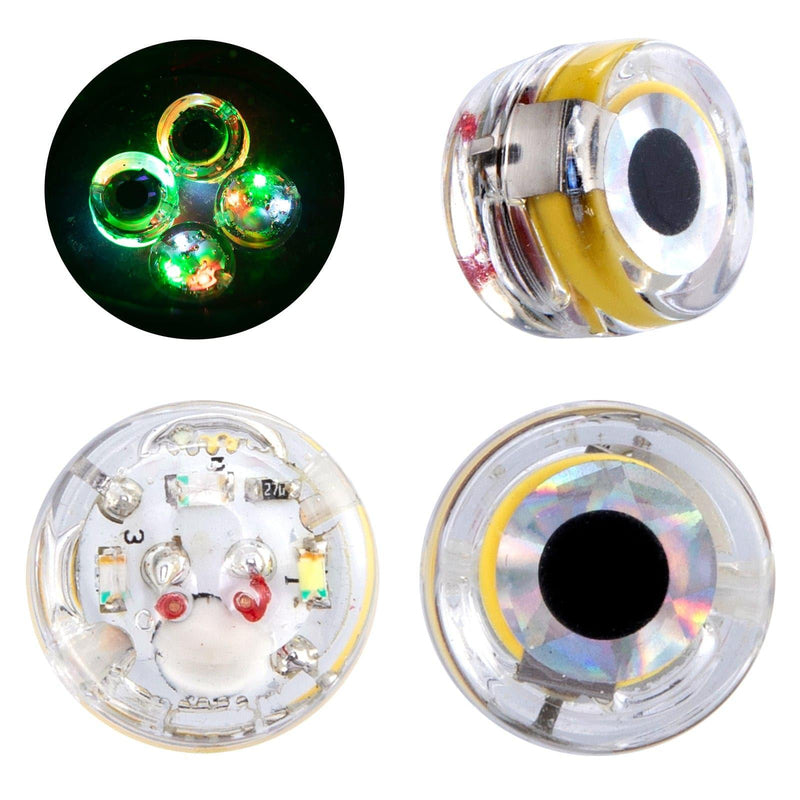
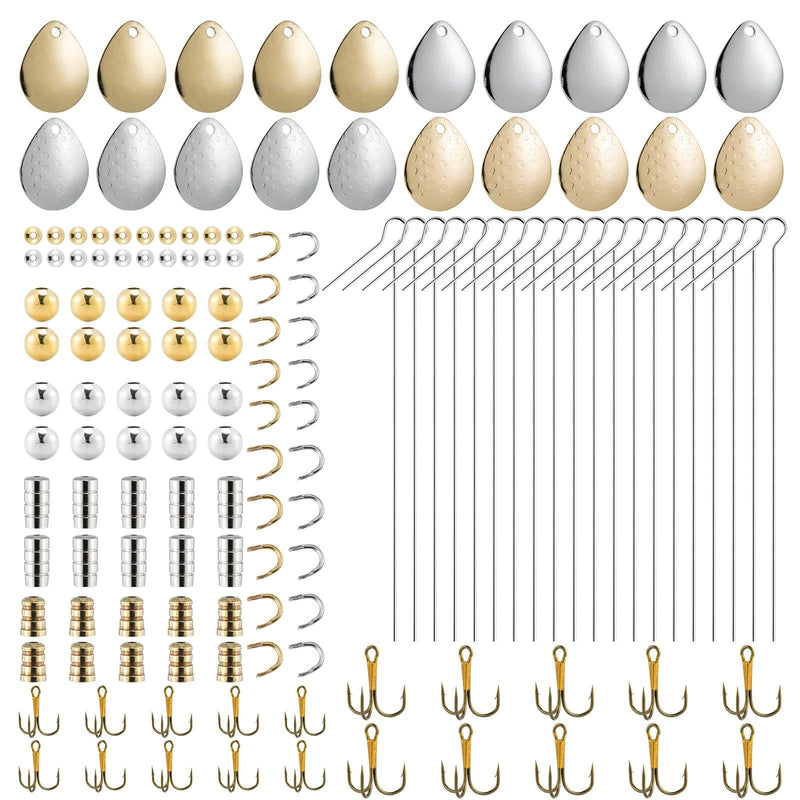
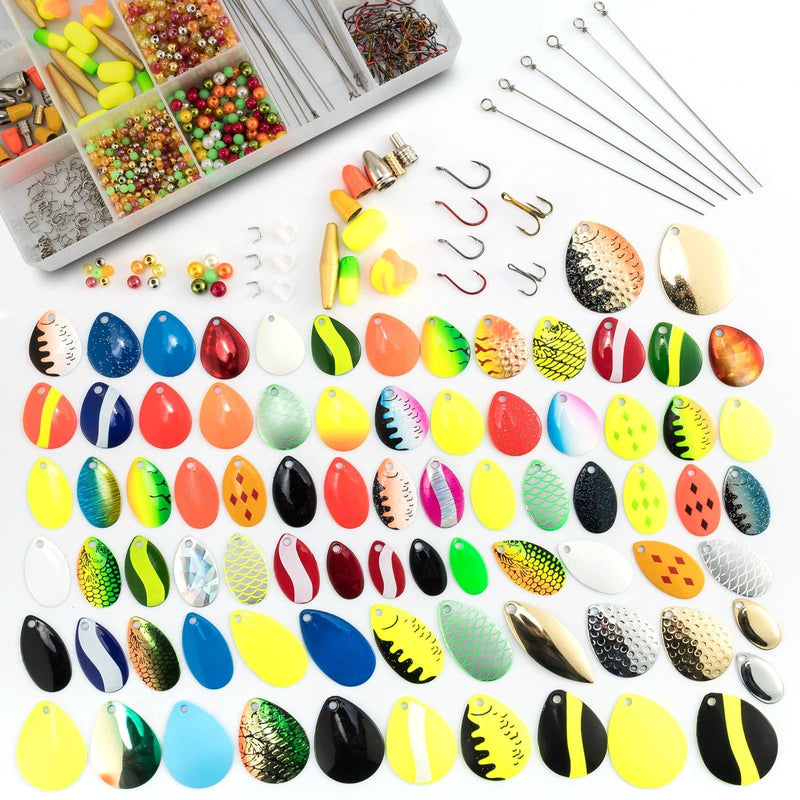
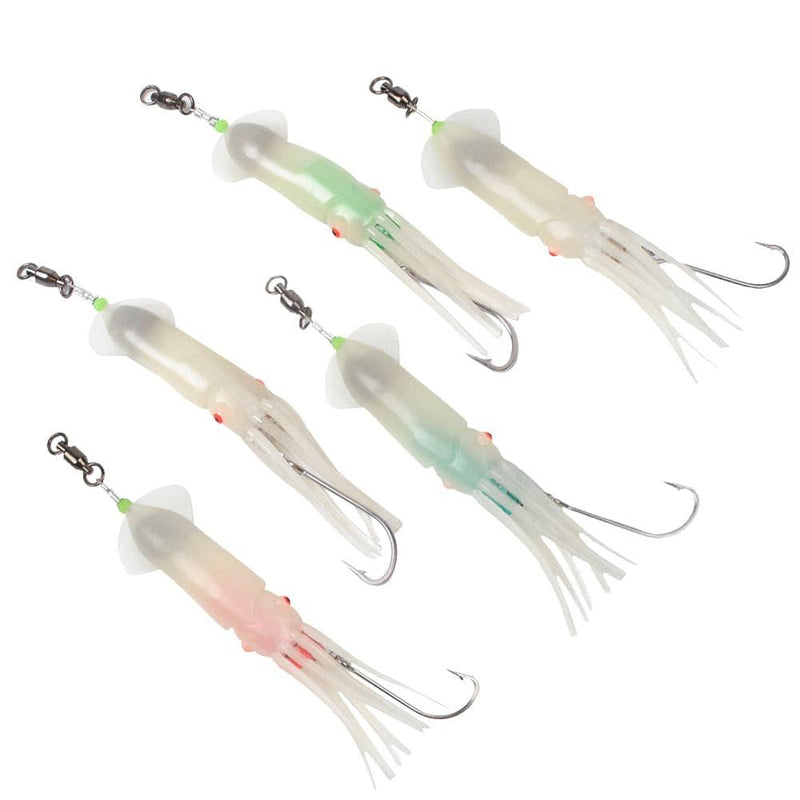
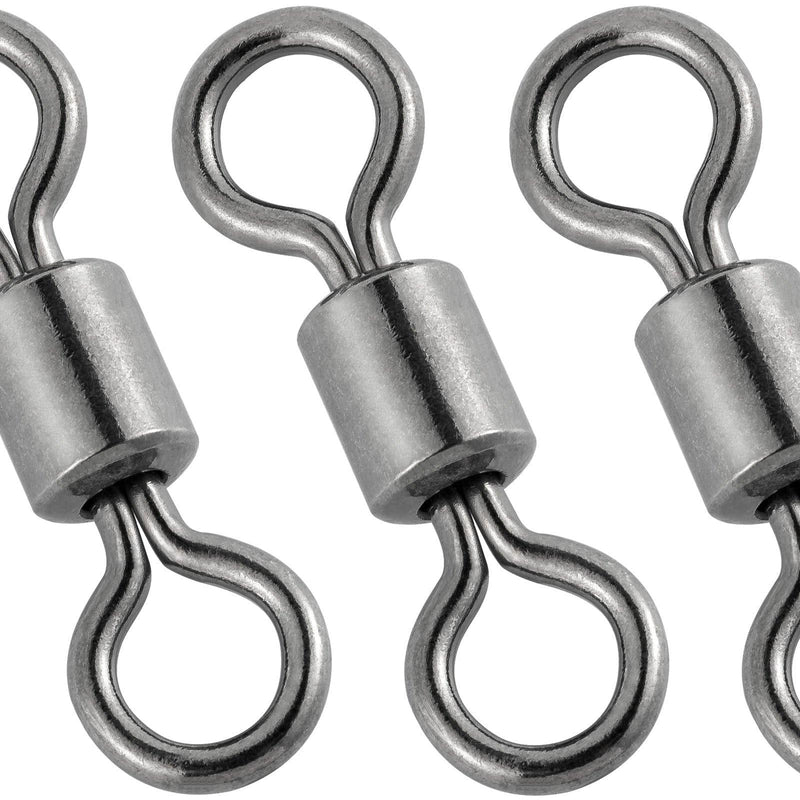
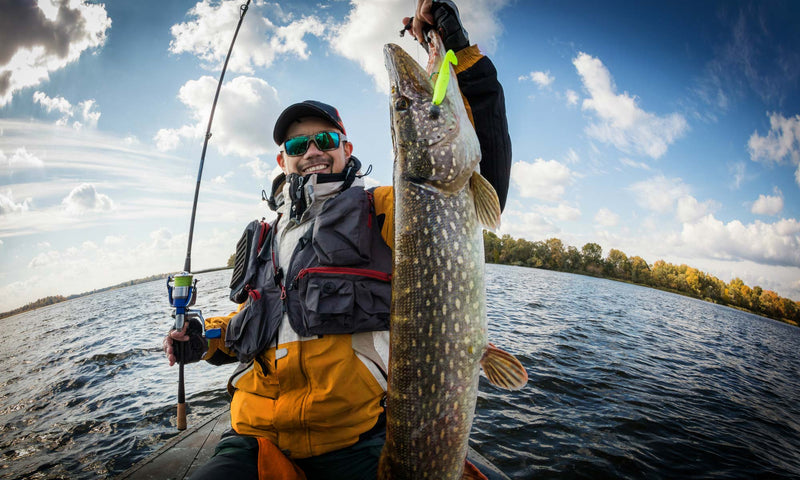
0 comments